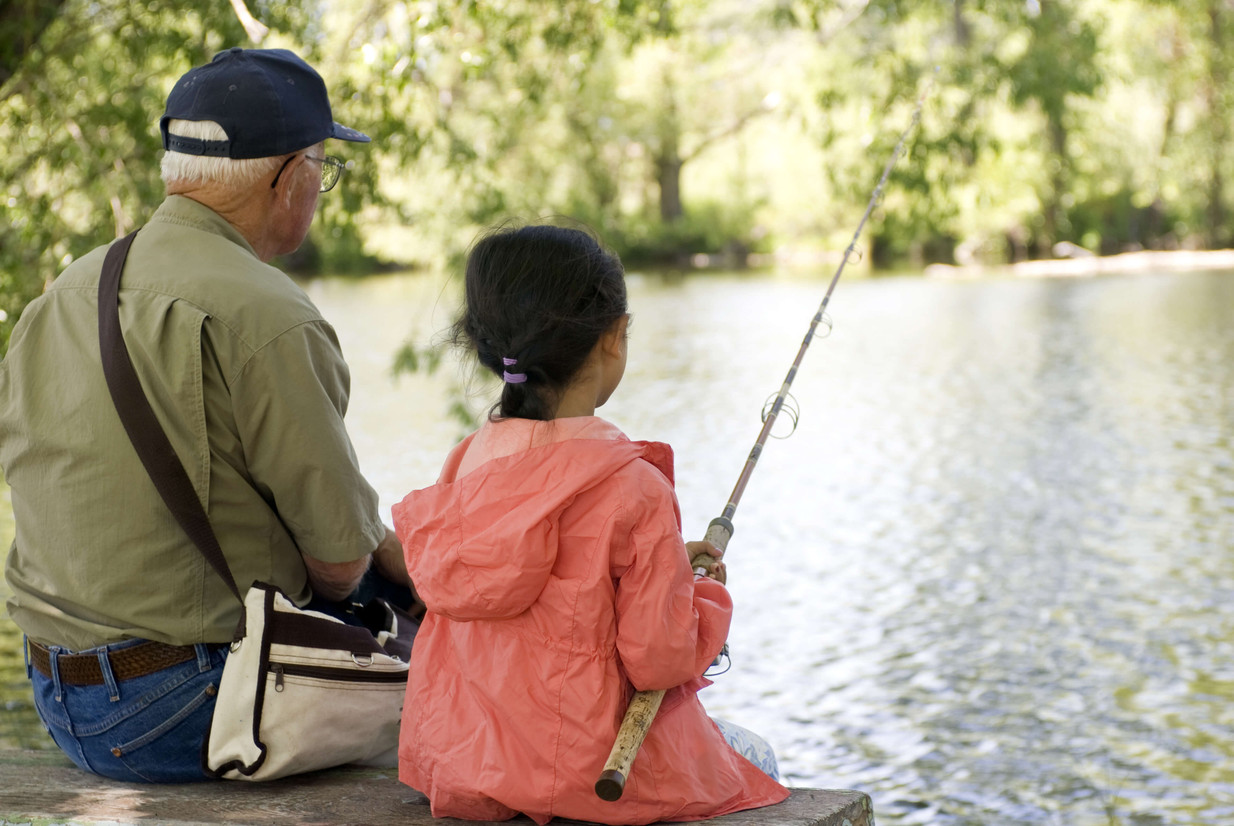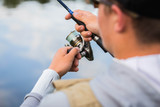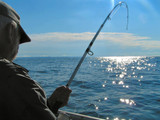Freshwater Fishing Tips
Fishing in freshwater lakes, rivers, and streams can provide a rewarding outdoor experience. With the tranquility of nature, the excitement of hooking a big fish, and the satisfaction of a fresh catch, freshwater fishing appeals to both beginner and expert anglers.
Consider these freshwater fishing tips and techniques to maximize your enjoyment and success on the water.
Learn to Read the Water
Before casting your line, take a moment to survey the water’s flow, depth variations, and bottom structures. In moving water like rivers and streams, eddies, channels, submerged rocks, overhanging vegetation, and pool transitions are prime fishing spots.
Scan the surface and look for changes in current speed or upwellings that indicate an underwater structure. In still waters like lakes and ponds, look out for drop-offs, submerged humps, weed lines, flats, boat docks, and any cover that may provide ambush points.
Watch for signs like jumping baitfish, feeding birds, or surface swirls that indicate fish activity. You may need to use polarized sunglasses to cut the sun’s glare and see below the surface for shadows and movements that reveal the presence of fish. Over time, you’ll be able to interpret the underwater terrain more easily and identify where the fish are most likely to be biting.
Match the Hatch
Fish are naturally selective feeders, targeting prey readily available in their environment. To entice them toward your line, try “matching the hatch” using baits and lures that resemble the fish’s natural seasonal food sources. Pay close attention to local insect hatches that attract fish species feeding on emerging insects.
For example, tie fly patterns and colors that match local insect hatches when fishing for trout. Small silver shiners are the primary forage if you’re angling for bass, so you should use flashing silver spoons and crankbaits. Plastic baits like craws, grubs, and creature baits work well when fish target crayfish.
In many freshwater locations, baitfish like shad and alewives are a major food source, so glistening blue-silver lures with intense rolling action and a high-frequency vibration can be highly effective.
Use the Right Gear
Choosing the appropriate fishing gear is the key to a successful and enjoyable fishing trip. The ideal rod, reel, and line combination will vary depending on the type of fish you’re targeting, the size and weight of the fish, and the fishing environment.
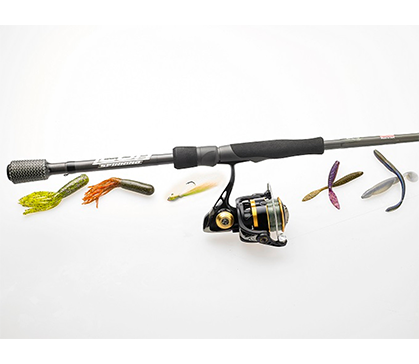
- Rods. Opt for lighter rods with smaller lure weights for targeting panfish and trout in clear waters. Heavier action rods with higher lure ratings are better suited for larger fish like bass and catfish or fishing in areas with heavy vegetation.
Explore the various rod selections available at FISH307, including lightweight and versatile spinning rods perfect for precision fishing and powerful casting rods designed for battling larger freshwater predators.
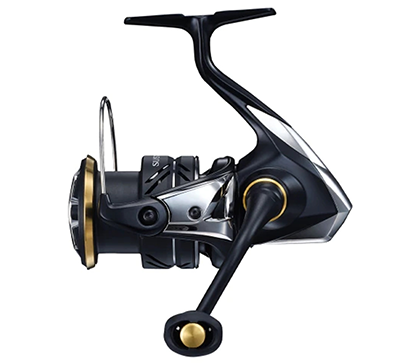
- Reels. Spinning reels are generally preferred for freshwater fishing because they’re easy to use and highly versatile. Look for reels with smooth drags and line capacities suitable for the size of fish you expect to encounter.
We offer a wide range of spinning reels, from the budget-friendly but reliable low profile bait-casting reel to the top-of-the-line spinning reels boasting exceptional smoothness and durability.
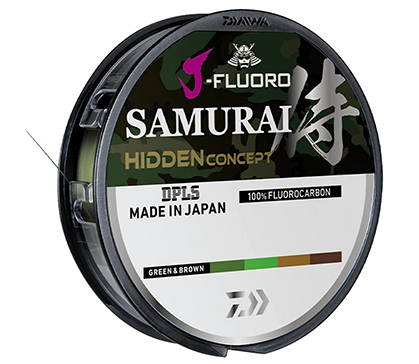
- Lines. Choose a fishing line with the strength and weight to match your rod and reel and suitability for the targeted fish species. Braided lines offer superior sensitivity but are more visible in the water, while monofilament lines are less visible but less sensitive.
You can also consider fluorocarbon lines that combine the invisibility of monofilament with the sensitivity of the braid. Our selection includes braided lines like the PowerPro, known for its strength and casting distance, or fluorocarbon lines like the Daiwa Samurai, offering near-invisibility and exceptional sensitivity.
Keep Your Hooks Sharp
A needle-sharp hook point increases your likelihood of securing a catch, as it effortlessly pierces through the fish’s mouth upon biting the bait. These hooks are crucial when using live or natural bait that requires the fish to hook itself.
A hook that lacks adequate sharpness might fail to properly penetrate the fish’s mouth, resulting in a missed opportunity to secure the catch. Use a file or sharpening stone to keep the point and barb sharp, and replace the hooks if they become dull from rubbing against the inside of the fish’s mouth.
Vary Your Retrieval Speeds
When fishing with spoons, crankbaits, spinnerbaits, jerkbaits, and other artificial lures, experimenting with different retrieval speeds and patterns can trigger more strikes. Sometimes, letting a jig fall slowly or moving creature bait slowly along the bottom can catch a fish’s attention. Other times, quickly pulling a crankbait or spinner through weeds or other cover can make fish bite aggressively out of excitement.
Changing speeds and cadences can help you determine the tempo fish prefer. Sometimes, pausing reeling, or adding a quick twitch can lead to strong bites.
Pay Attention to Weather Patterns
Overcast skies and low light conditions often trigger increased fish-feeding activity. Bright sunshine and high-pressure systems can make fish more lethargic and less likely to bite. Adjust your fishing strategies based on the weather by planning for:
- Sunny days. Consider fishing in deeper waters where fish might seek cooler temperatures. You can also use lures with subdued colors to avoid spooking fish in bright conditions.
- Windy days. Focus on sheltered areas like coves or bays where the wind chop is less disruptive to fish behavior. You may need heavier lures or weights to maintain control of your line in windy conditions.
Fish at Optimal Times
Dawn and dusk are considered the prime times for freshwater fishing. During these periods, light levels transition, often signaling to many fish species to increase feeding.
Some fish, like catfish, are more active at night, while others, like sunfish, might be more active during the day, especially under cloudy skies. Experiment with different times of day based on your targeted species and observe their behavior to determine the most productive fishing periods.
Practice Catch and Release
If you are not planning on eating your catch, return your fish to the water after you’ve caught them. Practicing “catch and release” by safely releasing your catch allows you to enjoy the angling experience while maintaining healthy, sustainable fish populations.
Use single, barbless hooks that reduce injury and enable easy, quick release of fish. When possible, use a net to reduce the need to take the fish out of the water, and handle carefully using wet hands to avoid removing the protective slime layer.
Use Natural Baits Effectively
Natural bait such as nightcrawlers, minnows, crayfish, crickets, and cut bait can be highly effective for catching freshwater species. These baits release scents and flavors that attract fish, leading to a more vigorous feeding response.
Carry an assortment of live bait to tempt fish under various conditions. Store baits in cool, aerated containers and change the water frequently to keep them vigorous.
Select baitfish that match the size of the fish you’re targeting. Ensure your bait behaves naturally, imitating real-life movements and actions. This might mean using floaters to keep the bait at the proper depth or bottom rigs for fish that feed close to the lake bottom or riverbed.
Understand the Importance of Stealth
Loud noises and sudden movements can easily spook fish. To increase your chances of success, approach your fishing spot quietly and maintain a low profile while avoiding unnecessary splashes. Opt for natural-colored clothing that blends into the environment and use camouflage if possible, especially when targeting wary fish species.
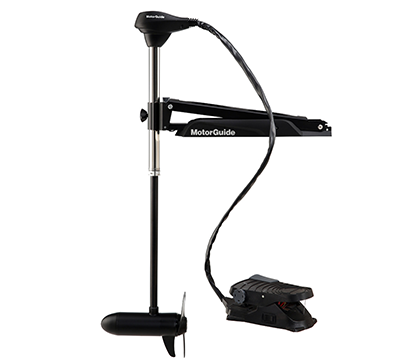
Consider using a silent electric trolling motor like the Minn Kota Edge or MotorGuide X3 to navigate stealthily and avoid spooking fish in your fishing area. Their low speeds allow quiet positioning without firing up the outboard. Make sure to cast long and set anchors slowly to avoid disturbing shoreline fish.
Adjust Your Depth
Fish can be found at various depths in the water, influenced by the time of day, temperature, and where their food is located. Knowing these elements and adapting the depth at which you present your bait is key to successful fishing.
- Bobbers. These help suspend your bait at a specific depth, ideal for targeting fish feeding near the surface. Adjust the setting on the bobber to manage the depth at which your bait is offered.
- Sinkers. These add weight to your line, allowing you to cast further and present your bait deeper in the water column. Experiment with different sinker weights to reach the desired depth.
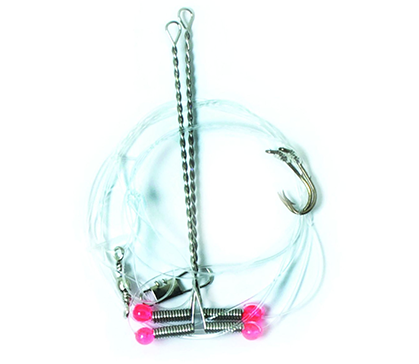
- Adjustable Rigs. Jigs, Carolina rigs, and drop-shot rigs allow you to adjust the weight and presentation of your bait to target specific depths.
Explore the various options available at FISH307, like the Tungsten Bullfly jig, perfect for deep-water jigging, or the versatile Eagle Claw trout rig, suitable for a variety of depths and presentations.
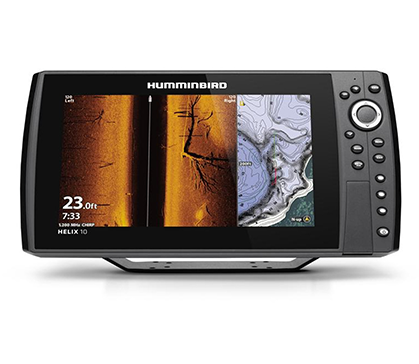
Experiment with Different Locations
Don’t limit yourself to one spot if the bites are slow. Fish may be more concentrated in various areas based on food availability or spawning grounds. Use a fish finder like the Garmin Striker or the Humminbird Helix to locate underwater structures and drop-offs, increasing your chances of finding productive fishing spots.
Explore different lake or river areas, paying attention to environmental changes that might attract fish. Use your fish finder to assess fish locations, and if action is slow, don’t be afraid to move. Staying mobile and locating patterns is the key to freshwater success.
Respect Fishing Regulations
Abiding by freshwater fishing regulations helps sustain healthy fisheries for the benefit of all anglers. Always take the time to understand and strictly adhere to licensing requirements that provide crucial funding for fisheries management programs.
Always carry your license as proof of compliance, and learn the legal seasons, catch limits, size restrictions, and guidelines for different fish species. Pay particular attention to special regulations on certain streams or water bodies and adjust your techniques accordingly.
For example, selective harvest regulations may mandate the use of artificial lures and barbless hooks to enable safe releases. If you encounter violations, report them to authorities and lead by example.
Learn from Others
Fishing doesn’t have to be a solitary sport; connecting with other passionate anglers can expand your knowledge and unlock numerous opportunities. Join local fishing clubs, attend meetings, and participate in outings to exchange ideas and learn new fishing techniques.
Online forums such as Crappie.com, BassResource.com, and our own FISH307 forum offer 24/7 exchanges of tips and the latest intel. Check schedules at your local marina or bait shop; often, you’ll find seminars, guest speakers, or group events centered on fishing education.
Become a Better Angler with FISH307
Incorporate these freshwater fishing tips into your angling repertoire to boost your success on the water. For a wide range of quality fishing gear and professional advice, contact FISH307 today. Connect with our passionate anglers in the Lake George area for personalized assistance and transform your freshwater fishing experience.
Recent Posts
-
Best Time To Go Fishing
Finding the perfect time to go fishing can increase your chances of a successful catch. Whether y
-
Saltwater Fishing Tips
Saltwater fishing combines skill, patience, and a bit of luck for limitless adventures. From the


